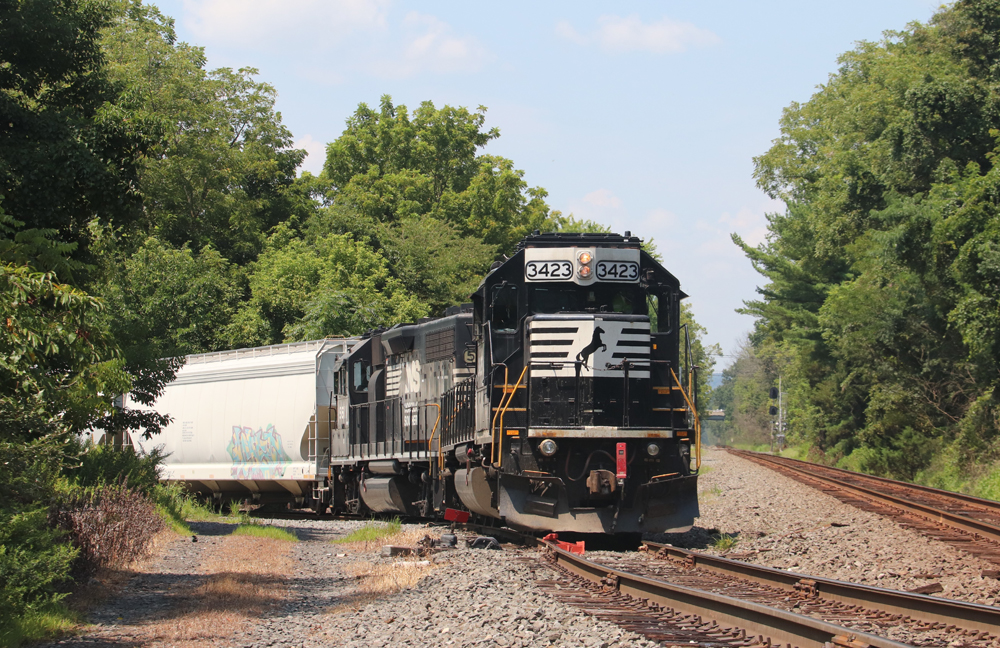
ATLANTA — Norfolk Southern and 40 of its shortline connections have produced outsized growth in carload traffic this year through a program that aims to improve interchange consistency and reliability.
The Short Line Performance Project, which began as a pilot with a handful of railroads last July, has seen interchange volume grow 9% since March 1. That stands out from Norfolk Southern’s overall merchandise volume, which is flat for the year and up 3% in the second quarter to date. And it’s well above the 5% volume growth with all shortline connections since March 1.
Volume exchanged with the participating railroads is at its highest level since August 2021.
The program is proof that carload volume can grow when railroads provide good service and communication, says Stefan Loeb, NS vice president of business development and first and final-mile markets.
Short lines are important to NS: Roughly 40% of its carload traffic originates or terminates on a connecting short line railroad. Currently up to 55,000 cars per month are covered under the Short Line Performance Project.
“If you can put visibility and data and communication around interchanges to improve their effectiveness and performance, you’re going to grow with your shortline partners,” says Loeb, who joined NS last year after serving as chief commercial officer at shortline holding company Watco.
Traditionally, NS and its shortline connections haven’t measured interchange performance the same way. Plus, there were data gaps. No one at NS had the responsibility for monitoring short line interchange service. And short line complaints went into the same hopper as everyone else’s, which delayed responses.
The NS First and Final Markets team set out to change that by creating a program that aims to put out service fires – and prevent them from happening in the first place.
The first step: Establish a way to provide visibility and feedback on interchanges. NS and participating short lines use a spreadsheet to track interchange performance. On one side, NS gives its view on what service was performed the previous day. On the other, the short line lets NS know how the interchange went. If the views don’t match, it gets flagged for attention and resolution.
The second step: Establish real-time communication channels so the railroads can quickly solve service problems. NS and the participating railroads collaborate using Microsoft Teams, which permits chats between short lines and the First and Final Markets group.
“And that goes beyond ‘Hey, we need you to deliver cars, we need you to pull cars,’” says Alex McNeil, director of shortline performance and marketing. If a car physically made the interchange but its electronic data did not get exchanged, for example, the short line can use Teams to request that NS resend the information.
“In the past, that was something that went into a queue sent amongst the rest of all the other requests that came into NS, specifically on the customer side, and just in many ways had the potential to die on the vine,” McNeil says.
Now NS can quickly address service problems before they stack up, whether it’s single carload business or unit train traffic exchanged with short lines. “In the past without anybody really watching service, one missed day could turn into two, two could turn into three,” McNeil says.
The same monitoring and communication tools allow NS and its shortline partners to be proactive, such as when volume spikes for a certain commodity or customer. “It’s quick communication, it’s solving problems, it’s being easier to do business with,” Loeb says.
The participating short lines are scattered around the NS network, across a range of carload and bulk commodities, and range in their weekly interchange volume. The common thread: They have strong growth prospects.
McNeil says it’s important to include short lines that might receive just 10 cars per day. Interchange to a short line that receives 50 cars a day is more likely to take care of itself, he says, simply because the local serving yard can’t let that kind of volume stack up. But with smaller interchanges, it’s easier for the NS yard to absorb the volume of consecutive missed interchanges.
Top-performing commodity growth includes a 29% increase in scrap metal shipments through the Alabama & Tennessee River Railway interchange at Alabama City, Ala., and a 20% increase in pulpboard and chemical shipments over the Kimbrough, Ala., interchange with G&W short line Alabama & Gulf Coast Railway.
NS delivery performance at the Alabama & Tennessee River interchange improved to 73.4% this year, up from 63.8% in 2023, while the Alabama & Gulf Coast interchange performance improved to 81.3% from 77.7%. Keeping interchange performance above 80% is a key to moving the growth needle, Loeb says.
The railroad aims to bring more short lines into the program. And some may drop out once their interchange performance is running consistently over the longer term.
The First and Final Markets group also may introduce a similar program for local service to high-growth carload customers.
Short line executives praise the program, which they say is unique among the Class I systems.
“G&W commends NS on their development and implementation of the Short Line Performance Program, through which we are currently working with them for about a dozen of our locations,” says Dave Geraci, Genesee & Wyoming vice president of interline management. “From our perspective, the program has significantly improved communication, transparency and operational effectiveness, fostering an environment for growth at very little cost.”
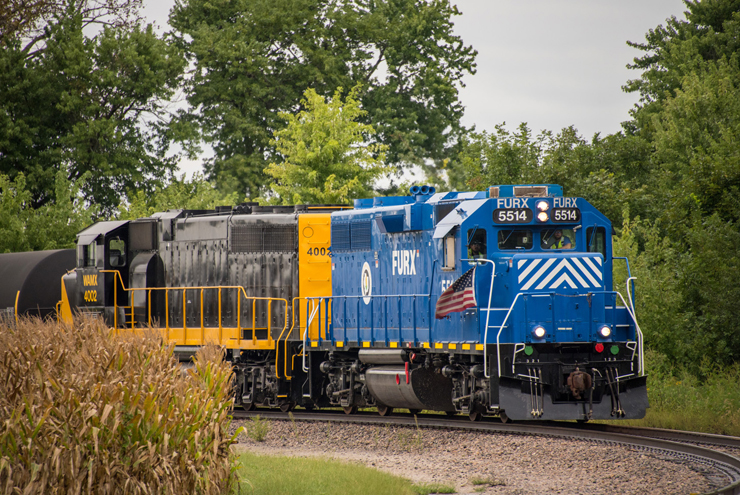
Eight Watco railroads are participating in the program.
“I applaud the NS. We’ve created an environment where it’s OK to be the squeaky wheel. Finding the solution is mutually beneficial,” says Zachary Boehme, senior vice president of rail sales at Watco.
Watco short lines have been able to gain more volume as customers have become more comfortable with transit times and interchange reliability, he says.
More reliable interchange also has reduced dwell, improved car cycle times, and enabled Watco to use its crews more efficiently, Boehme says.
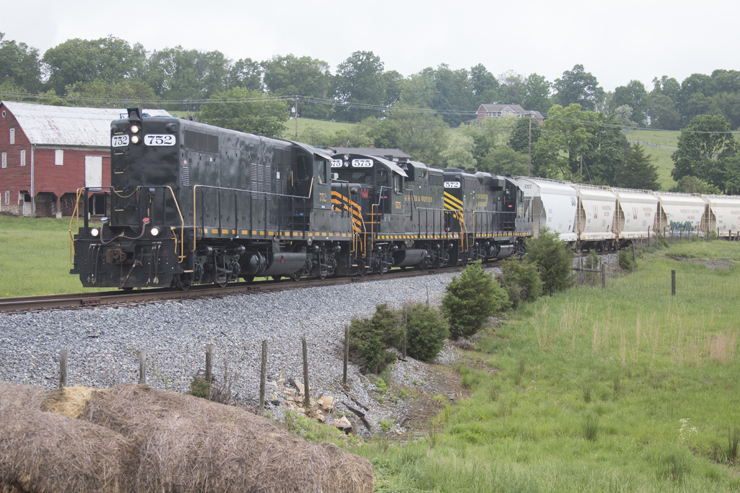
“OmniTRAX really likes this because it’s ultimately creating a better customer experience,” says Ryan Higgins, the short line holding company’s chief commercial officer. “And really when you can take that consistent service reliability, you can have a more robust conversation, a more confident conversation around growing the business with the stakeholders, customers, shippers, receivers, whoever it may be.”
The reduction of interchange failures has a multiplier effect, Higgins notes, since each interchange involves a number of customers on each of the three short lines participating in the program, including the Alabama & Tennessee River. “We’re seeing double-digit volume growth at the ATN as a result of this. And I think it’s simply just a function of great service leads to opportunity,” Higgins says.
Correction: An earlier version of this story stated the short line program involved 55,000 cars per week. The correct figure is 55,000 cars per month.






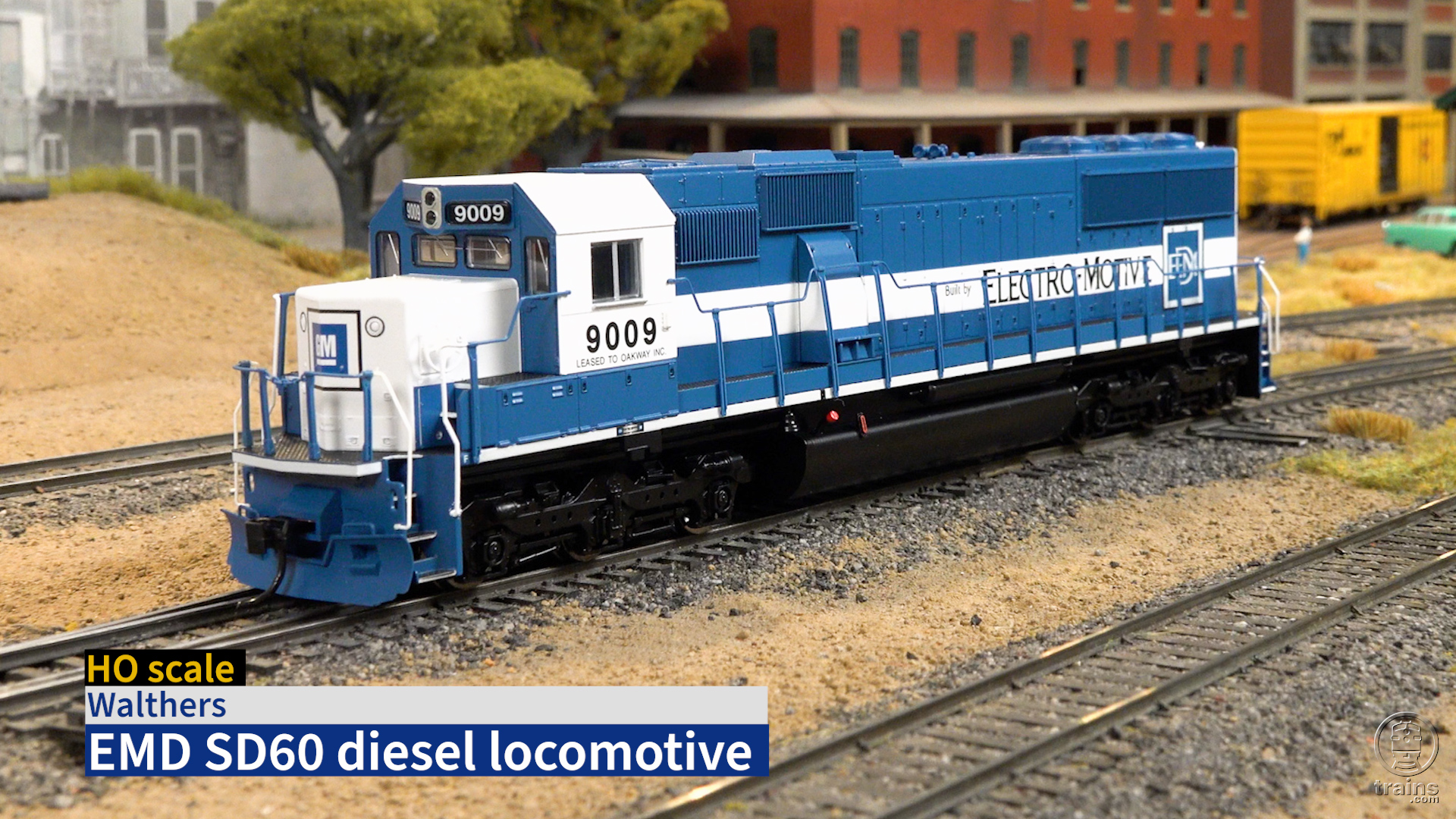
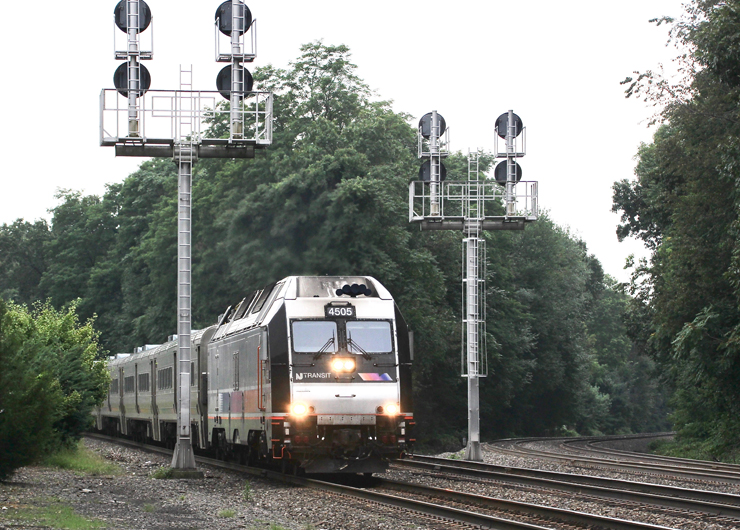






Best article in a while.
The U.S. needs more shortlines, not fewer.
“Short lines are important to NS: Roughly 40% of its carload traffic originates or terminates on a connecting short line railroad. Currently up to 55,000 cars per month are covered under the Short Line Performance Project.” Certainly there is a powerful advantage to certain carload traffic versus intermodal when there is consideration of the weight carrying capacity of a boxcar versus intermodal container.
This is excellent! …Both what NS is doing and this article!
But, it doesn’t stop the long term slide of car load freight. Shortline business is carload boutique business, just like the stuff on class ones. General service carload traffic has a future…it’s called 53′ box intermodal.
If Ancora had won the proxy fight, this would probably have been cut.
Definitely! Service goes against the gain of PSR…